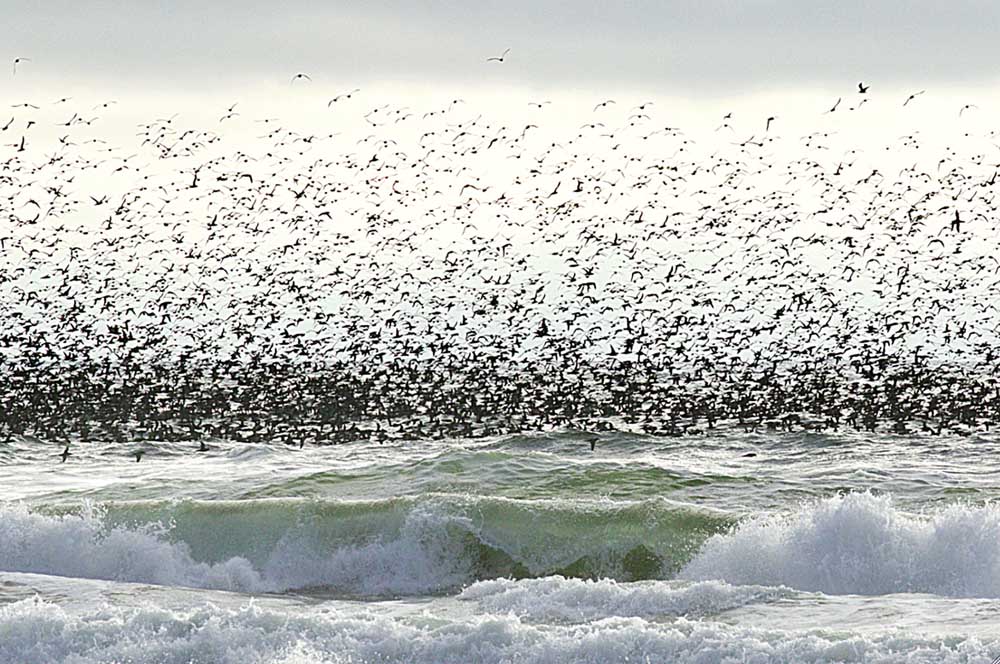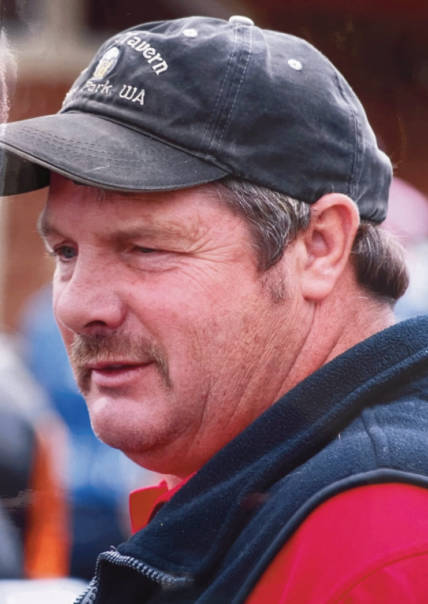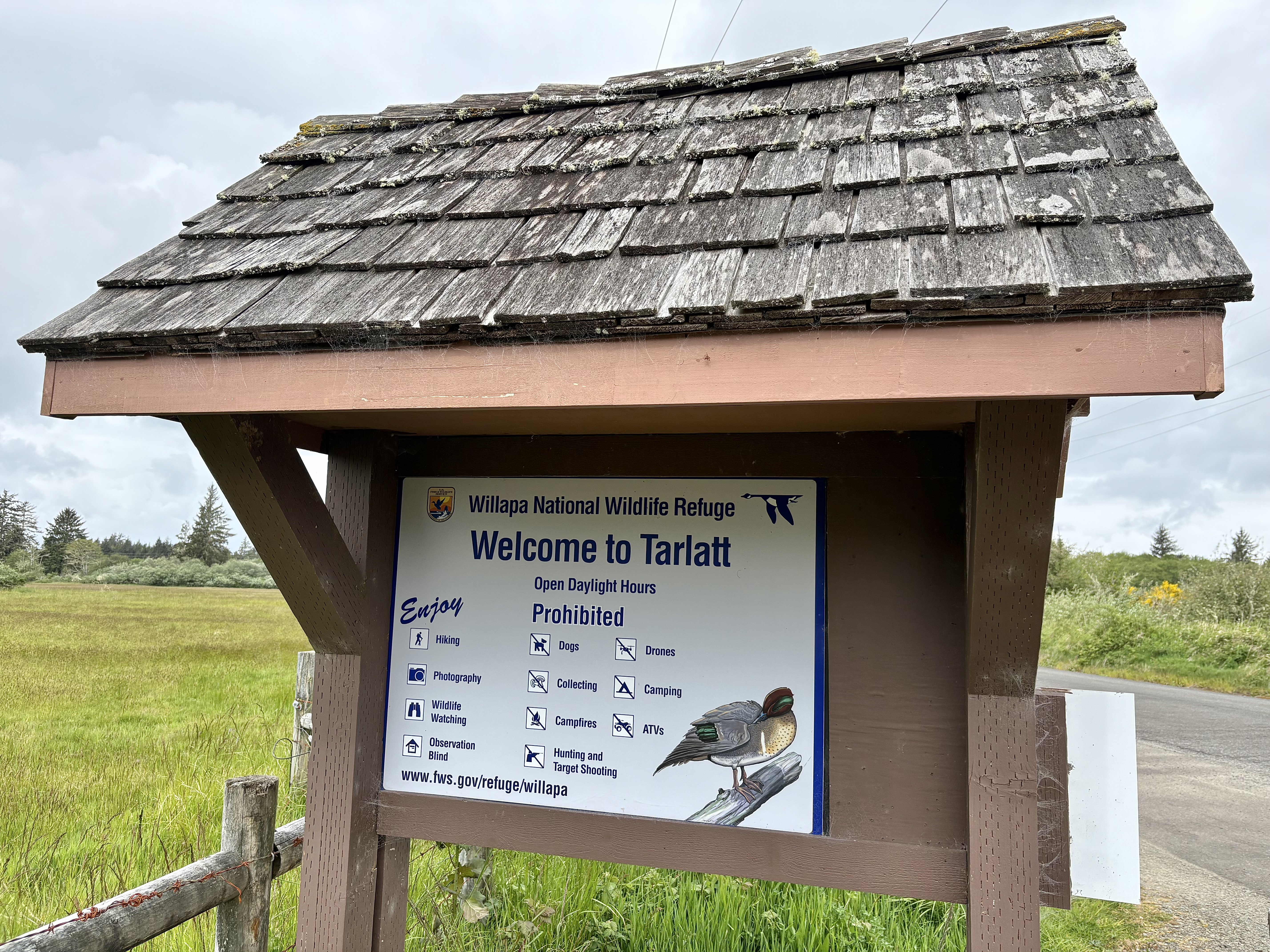Birdwatching: Visit our beach now to observe some of earth’s best travelers
Published 7:31 am Wednesday, August 31, 2016

- A thick cloud of sooty shearwaters gathers over the Pacific Ocean — eventually spreading out and continuing on up the ocean beach looking for tasty fish or squid. The shearwaters are not here for long. Soon it will be spring in the southern hemisphere and they will be on their breeding grounds once again.
Fall migration is officially underway in my mind, because the sooty shearwaters are on the move. I observed them for the first time flying between Beards Hollow and the Seaview approach. As is their trademark … back and forth! Back and forth, many landing and feeding as they go. As I recently watched them, the routine of thick black clouds of shearwaters floating across the sky of the Pacific Ocean went on for a very long time, and then, as if by a signal, the 10,000 or so birds thinned out and began to stream up and back our long ocean beach. They were often joined by a few brown pelicans and common murres. The food must have plentiful.
Trending
In 2006, New Zealand researchers tracked the migration path of the “Sooties.” It was estimated that they migrate nearly 40,000 miles year. They fly from New Zealand after the breeding season is over to the North Pacific Ocean every year in search of food. So we see them now when it is winter is the southern hemisphere.
The shearwaters were tracked electronically using tiny, very light, tracking tags, resulting in the conclusion that their summer migration is the longest ever recorded electronically. According to the National Geographic news, only the Arctic tern that migrates between the Arctic and Antarctica, “rivals the sooty shearwater in distance traveled in a single migration.” To my knowledge, the findings of this research still stand.
Now is the time to go down to the beach to see this magnificent phenomenon. It will thrill your senses. Interestingly enough, this phenomenon is thought to be the inspiration behind Alfred Hitchcock’s 1963 film, “The Birds.”









